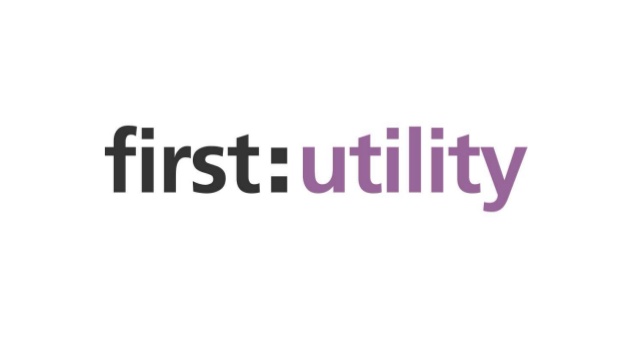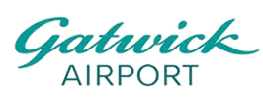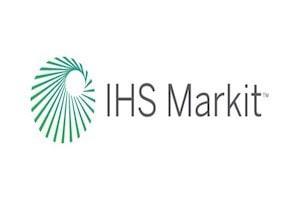You Ask, We Answer: The True Cost of Docker
Here at Sirius, we often get asked, "How much does Docker cost?". This is a very good question, and one that deserves a clear, honest answer. We understand the need to know the true financial implications of any technology choice, as selecting a foundational platform like Docker is a decision a business will have to live with for years.
We want to be upfront: Docker, built on an Open Source foundation, offers a Personal plan that remains cost-free under strict usage limits. However, the commercial landscape for Docker underwent a significant transformation in Q4 2024, characterized by substantial price increases for paid tiers, some reaching up to 80%. The truth is, while Docker is a powerful and flexible containerization technology, its "free" Open Source heritage can actually mask significant hidden costs associated with enterprise adoption, migration, specialized staff, and underlying infrastructure.
This article will explain the detailed factors that drive the true cost of Docker up or down, helping you understand its Total Cost of Ownership (TCO) and decide what is best for your specific needs. We aim to be fiercely transparent, allowing you to make the most informed decision possible.
1. The Variable Cost of Docker Licensing and Subscriptions
The primary component of the Docker commercial cost is the licensing fee, which is dictated by your organization's size, revenue, and required governance features. Rather than simply stating that "prices vary," it is crucial to explain why they vary.
Price Floors and Mandatory Migration
The Personal plan ($0 annual price per user/mo) is strictly defined and is only available to organizations with fewer than 250 employees and less than $10 million in annual revenue. Exceeding either of these limits mandates a migration to a paid subscription tier, establishing a clear financial trigger point for growing companies.
For professional individual users and collaborative teams, the licensing fees saw steep increases in Q4 2024:
- Pro Tier: Increased by nearly 80%, jumping from $5 to $9 per user per month (annual commitment).
- Team Tier: Increased by 66.7%, rising from $9 to $15 per user per month (annual commitment), serving as the organizational entry point for collaboration.
The Mandatory "Governance Tax" of the Business Tier
For large enterprises requiring centralized control, security, and regulatory compliance—particularly in regulated sectors like finance or healthcare—the Business tier is functionally mandatory. While maintaining a list price of $24 per user per month (annual commitment), this tier is essential because it unlocks mission-critical security and governance features unavailable in lower tiers.
These features include:
- Identity and Access Management: Support for Single Sign-On (SSO) and SCIM (System for Cross-domain Identity Management), essential for streamlining authentication and aligning with security standards.
- Hardened Docker Desktop: Exclusive to the Business subscription, this allows administrators to lock down configurations and enforce security policies.
- Enhanced Container Isolation (ECI): A cornerstone security feature that strengthens container isolation by running them without root privileges, dramatically limiting the potential blast radius of malicious containers.
For enterprises in regulated sectors, the $24 per user per month fee operates as a governance tax necessary to meet minimum regulatory and security baselines.
2. Analyzing Bundled Value and Hidden Consumption Costs
Docker justifies the subscription price adjustments by bundling new, proprietary tooling into the paid tiers, shifting the calculation away from simple licensing toward integrated workflow enablement.
Value Added (and Why Costs Vary)
The cost is affected by how much value an organization can extract from these bundled features:
- Accelerators: Tiers now include Docker Build Cloud (for accelerated CI/CD workflows) and Testcontainers Cloud (for container-based testing). The Business tier, for instance, receives 1,500 monthly minutes for each service.
- Security: Docker Scout, a supply chain security tool, is now included for an unlimited number of repositories in Team and Business tiers.
If your organization has already invested heavily in third-party CI/CD runners or alternative registry scanning tools, the high license fee may not translate into proportional value, reducing the ROI.
Consumption-Based Risk (The Cost Floor)
The subscription fee is merely the floor of overall Docker expenditure. The bundled minutes for Build Cloud and Testcontainers are finite resources. Organizations must purchase additional usage via consumption-based pricing for overages. Enterprises must therefore invest in monitoring and governance (often restricted to the expensive Business tier) to track consumption and cap potential unforeseen overage charges.
3. Total Cost of Ownership (TCO): Focusing on Labor and Infrastructure
A holistic TCO assessment must weigh the Docker licensing against the much larger costs associated with specialized staff and underlying infrastructure.
The Cost of Specialized Internal Staff
Reliance on internal teams for complex Docker and Kubernetes (K8s) management is subject to severe market cost pressures. Specialized skills command extremely high salaries, making internal labor costs a major factor driving expenses up:
- The average worldwide salary for a specialized Platform Engineer is approximately $170,657 annually.
- Senior Kubernetes Engineers can command a mean annual salary of $204,500.
These high internal labor costs often make engaging external specialists for deployment, migration, and ongoing support a financially prudent alternative (OPEX) to expanding highly paid internal staff (CAPEX).
The Overriding Cost of Infrastructure
The cost of Docker licensing is only one fraction of the overall production expense; the primary cost driver in a production container environment is the underlying infrastructure and orchestration layer, typically Kubernetes. Customers are responsible for the charges related to underlying cloud resources, such as VMs and load balancers, even when using managed Kubernetes services (like AWS EKS, Azure AKS, or Google GKE).
Therefore, optimizing TCO should focus less on minimizing license counts and more on efficient resource utilization within the cloud environment—employing best practices like rightsizing and effective autoscaling to prevent inflated cloud bills.
4. External Support and Consultancy Costs (Expected Ranges)
For organizations undertaking complex projects or needing guaranteed service level agreements (SLAs), external expertise is critical. The cost of this expertise varies significantly:
- Major Migration Projects: One-time migration costs for large enterprises requiring application refactoring and global deployment start at $300,000 and can exceed $600,000. These costs are overwhelmingly attributed to high hourly rates for senior staff.
- US Consulting Rates: Independent senior DevOps consultants typically charge hourly rates ranging from $175 to $300 or more. Consulting firms often charge rates starting at $150 and often exceeding $300 per hour.
- Enterprise Training: A comprehensive 3-day Docker Containerization Boot Camp typically costs approximately $2,450 per attendee.
The Cost Advantage of Expert Open Source Support
Given the high cost benchmarks, engaging specialized Open Source infrastructure experts offers a compelling commercial alternative. The right provider will get you a complete lifecycle of Docker services, including strategic consulting, deployment, and managed services.
Conclusion: What You Can Expect to Spend
The answer to "How much does Docker cost?" ultimately depends on the variables above. You can expect to spend money on Docker based on your usage profile:
- Low End/Startups: If you meet the strict criteria (under 250 employees and under $10M revenue), the cost is $0 (Personal Plan), but risks non-compliance as you grow.
- Small Teams/Pro Use: Expect to pay $9 to $15 per user per month for licensing, plus potential overage charges for bundled features like Build Cloud.
- Large Enterprises/Regulated Sectors: You are required to pay the $24 per user per month Business Tier to secure mandatory governance features (SSO, ECI).
- Labor and Infrastructure: This is where costs vary most widely. Internal staff costs average over $170,000 annually per engineer. Large-scale migration projects cost in the range of $300,000 to over $600,000 in labor fees. Remember, the cloud infrastructure cost (EKS/GKE/AKS worker nodes) will inevitably overshadow the Docker license fees.
To maximize your TCO, focus on adopting licensing tiers that match your compliance needs, strategically utilizing bundled value, and mitigating high labor costs by seeking out efficient, specialized external consultancy services.
















































